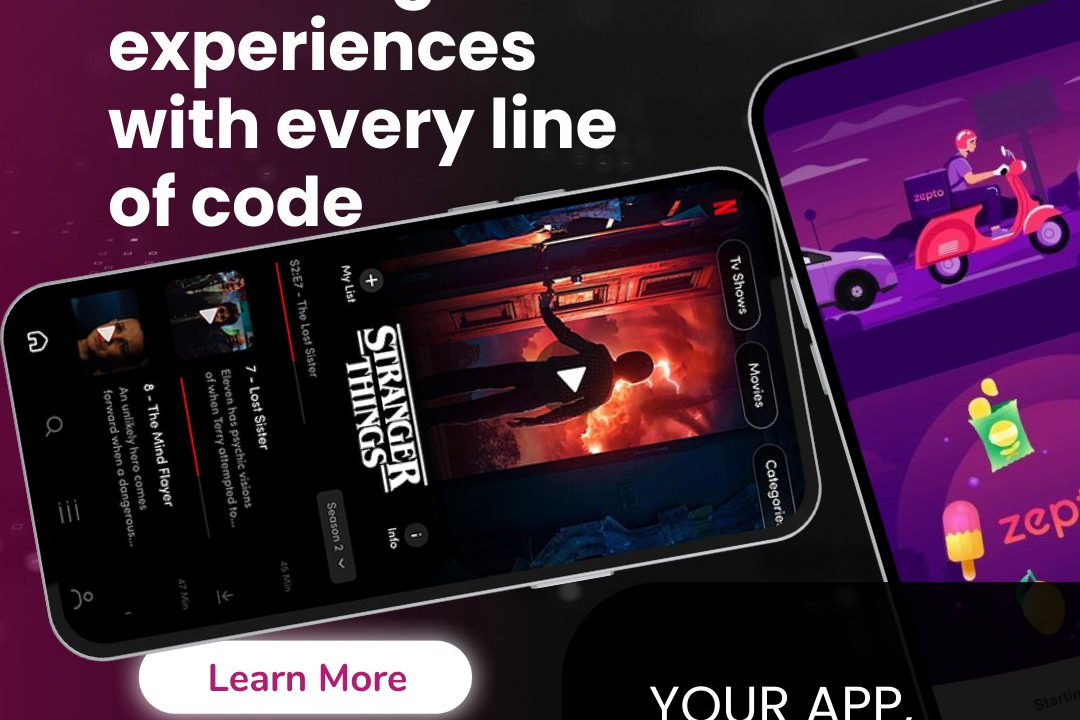Advanced iOS Project Management Techniques
Expert Strategies for Efficient iOS Project Management
Advanced iOS Project Management Techniques
Advanced iOS project management techniques involve methodologies and tools that enhance the efficiency, collaboration, and quality of app development. Techniques such as Agile and Scrum frameworks facilitate iterative development, allowing teams to adapt quickly to changing requirements and user feedback. Utilizing project management tools like Jira or Trello helps in tracking progress, managing tasks, and maintaining transparency among team members. Continuous Integration and Continuous Deployment (CI/CD) practices automate the build, testing, and release processes, ensuring that code changes are integrated smoothly and deployed to users quickly. Additionally, incorporating user experience (UX) research and design sprints into the workflow assists in creating a user-centered product. Emphasizing effective communication, regular retrospectives, and documentation further supports the team's alignment and ongoing improvement, ultimately leading to successful and timely project delivery.
To Download Our Brochure: https://www.justacademy.co/download-brochure-for-free
Message us for more information: +91 9987184296
1 - Agile Methodology: Utilize the Agile approach to project management, promoting iterative development, continuous feedback, and flexibility to change requirements over the course of the project.
2) Scrum Framework: Implement the Scrum framework for organizing work in sprints, facilitating daily stand ups, sprint planning, and retrospectives to enhance team collaboration and productivity.
3) Kanban System: Use Kanban boards to visualize workflow, manage tasks, and limit work in progress, which helps identify bottlenecks and optimize the development process.
4) User Stories and Acceptance Criteria: Write user stories from the client's perspective, complete with acceptance criteria, to better understand requirements and ensure the final product meets user needs.
5) Version Control with Git: Employ Git for version control, enabling collaboration among team members, tracking changes in code, and maintaining a history of the project’s development.
6) Continuous Integration/Continuous Deployment (CI/CD): Set up CI/CD pipelines to automate testing and deployment processes, allowing for faster and more reliable releases of the app.
7) Documentation and Wiki Creation: Encourage documentation of processes, decisions, and code to facilitate knowledge sharing among team members and provide a resource for onboarding new developers.
8) Agile Estimation Techniques: Use techniques like Planning Poker or T Shirt sizing for estimating the effort required for tasks, enhancing planning accuracy and team consensus.
9) Retrospective Meetings: Conduct regular retrospective meetings to reflect on what went well, what could be improved, and how to implement lessons learned in future sprints.
10) Stakeholder Engagement: Maintain frequent communication with stakeholders throughout the project to manage expectations, gather feedback, and align the project goals with business objectives.
11) Risk Management: Identify potential risks early in the project, assessing their impact and likelihood, and creating mitigation strategies to address them proactively.
12) Cross Functional Teams: Form cross functional teams that include designers, developers, and testers to enhance collaboration and reduce silos between disciplines.
13) Technical Debt Management: Track and manage technical debt actively, making conscious decisions about when to prioritize refactoring to maintain code quality over time.
14) Performance Metrics and KPIs: Define and track key performance indicators (KPIs) related to project milestones, team performance, and product quality to gauge the success of the project.
15) User Centered Design and Prototyping: Implement user centered design principles by involving users early in the design process through prototypes and usability testing to refine the application before development.
16) Collaborative Tools and Communication: Leverage tools like Slack, Trello, or JIRA for effective communication and project tracking, ensuring everyone is aligned and aware of progress and issues.
17) Onboarding and Mentorship Programs: Establish onboarding and mentorship initiatives for new team members to facilitate faster integration into the team and project workflows.
These techniques not only enhance project management skills but also promote better collaboration and product quality in iOS development environments.
Browse our course links : https://www.justacademy.co/all-courses
To Join our FREE DEMO Session: Click Here
Contact Us for more info:
Java Collections
Hands-On Android Training Vijayawada
BEST iOS DEVELOPMENT FULL COURSE
iOS Training in Pudukkottai
Java and Python Course Near Me











